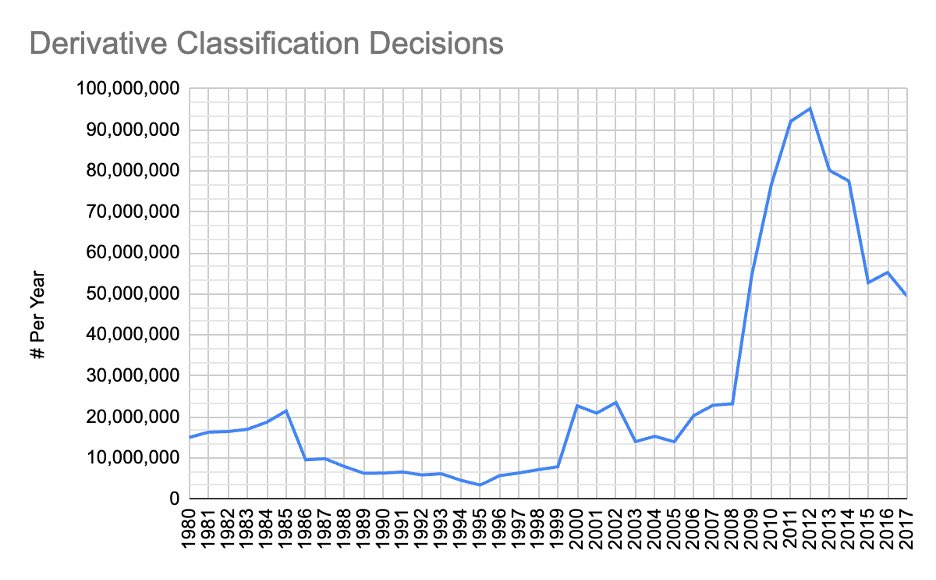
Dan Fongaro
@danfongaro
Columbia ➡️ Indiana Wrestling/Maurer Law
ID: 1159120505271660544
07-08-2019 15:13:58
180 Tweet
88 Followers
132 Following

Remember The Fallen My dad was 1/9, wounded in Da Nang during Operation Liberty in June of 66. Was one of the lucky ones that made it home.





At 145 pounds, Dan Fongaro is a NCAA qualifier and Southern Scuffle Champion from Indiana Wrestling. He was a 4-year starter at Indiana and Columbia Athletics.










